In sanitary-anti-epidemic practice, the term "sanitary treatment" often appears. This process involves the implementation of a whole range of disinfection manipulations regarding certain items of the environment and the person himself. It is very important to conduct timely events in medical institutions and food processing plants.
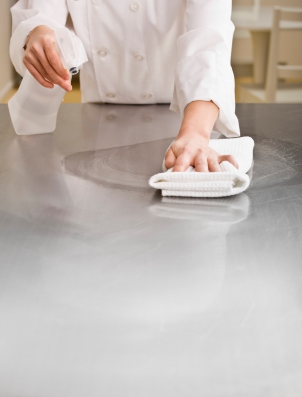
Remediation of equipment
Sanitary processing of equipment is carried out at the enterprises of the food industry, trade. After the completion of the technological process on the surface of mechanisms, devices, particles of products are delayed. This mass becomes a favorable breeding ground for the growth and development of pathogenic microflora. In order to prevent the growth of microorganisms, it is necessary to remove all contaminants; not only equipment, but also equipment is being sanitized at an industrial or commercial enterprise.
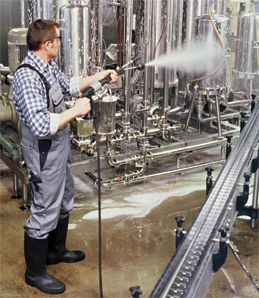
Factors affecting the quality of disinfection:
- Composition and types of pollution. Plaque properties are determined by visual inspection.
- The quality of the water used for work. Cleaning agents dissolve better in hard water.
- The use of detergents and their characteristics, including temperature, concentration.
- Duration and speed of exposure.
- Methods and modes of processing.
For any parameters, deviation from the accepted norms is not allowed.
General rules for processing equipment
- All devices and technical structures must be thoroughly disinfected and washed in accordance with the instructions established by the enterprise. Use of disinfecting and certified detergents is allowed.
- Each enterprise must have a washing schedule. This will help to observe the frequency of these events.
- If the equipment has not been used within 6 hours after cleaning, processing is carried out again before starting work.
- Microbiological quality control of the sink is evaluated in the laboratory.
- For manual cleaning, special washing bathtubs equipped with special devices for draining solutions should be provided.
- The employee conducting the event must be dressed in a special uniform, which is stored in labeled cabinets.
Room processing
Strict compliance with sanitary standards is mandatory in medical, industrial, and commercial premises. Owners and management of institutions should monitor the condition of each object, especially in the food industry and medicine.
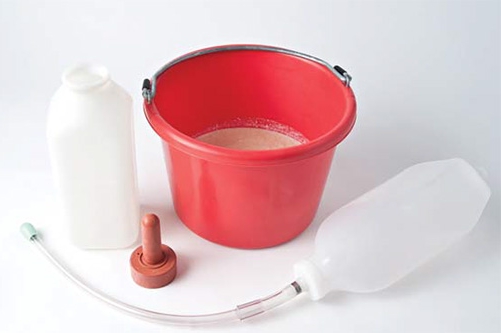
General rules
Sanitary treatment of premises should be carried out at least once a day. When cleaning, it is necessary to use disinfectants and cleaning products that are acceptable for use on the territory of our country. All preparations should be stored in a cool, dark room, in a designated container. The company should have a supply of cleaning and disinfecting concentrates to ensure continuous daily handling.
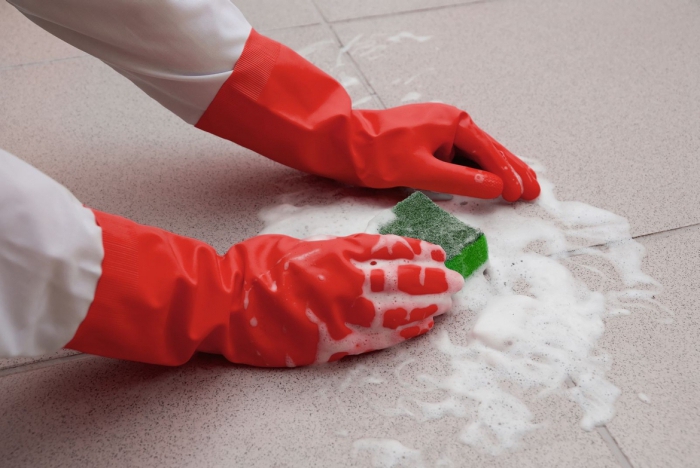
Preparation of cleaning solutions
All products are prepared for cleaning using tap water. Cold solutions are shown to wash off fresh contaminants that are removed directly during the working process. Final sanitization is carried out by hot or warm soda and soap suspensions. After manipulations, the surfaces are rinsed with plain running water.
Model rules.
- Initially, it is necessary to conduct mechanical cleaning of residual contaminants.The specialist must remove visible particles of dirt and debris from surfaces.
- Sanitary processing is carried out automatically or manually.
- Then follows the ventilation of the room.
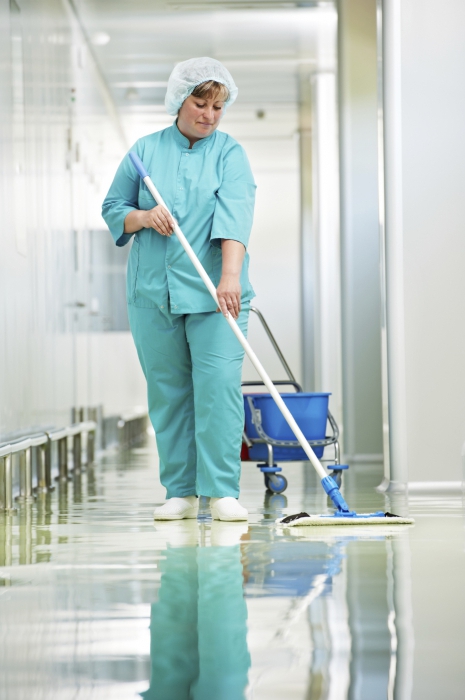
Automatic cleaning involves the operation of high-pressure installations - special vacuum cleaners, steam generators, washing machines. If necessary, disinfection of the air is carried out, for which bactericidal lamps are used. For manual cleaning, it is customary to use improvised means - ruffs, brushes, rags. Remediation of exposed walls and floor.
Features of processing industrial premises
Disinfection is carried out on a regular basis. The work uses disinfectant solutions. At the first stage, the floor of the room is irrigated, then the walls, equipment, and inventory. At the end of the manipulation, the floor is washed again. The solution is washed off after half an hour disinfection. Cleaning is carried out at the end of each work shift.
Unscheduled events are carried out to identify carriers of infectious diseases, such as insects and rodents. Such sanitization is carried out using appropriate services. Subsequently, control of the work performed is carried out.
Remediation of patients
Sanitary treatment of patients may be complete or partial. With a full range of measures, when the patient enters the airway, his hairline is first of all examined. If a specialist has found lice, the hair is shaved or cut short. When diagnosing typhus, typhus is removed without fail. For work, use scissors, a razor, a hairdresser. If the patient cuts his hair, the treatment area is pre-coated with soap foam, the hair is shaved, the skin is washed with water and rubbed with alcohol. Before work, all instruments are disinfected in carbolic acid or alcohol. After cutting, the hair is removed in a special sealed container, and then burned.
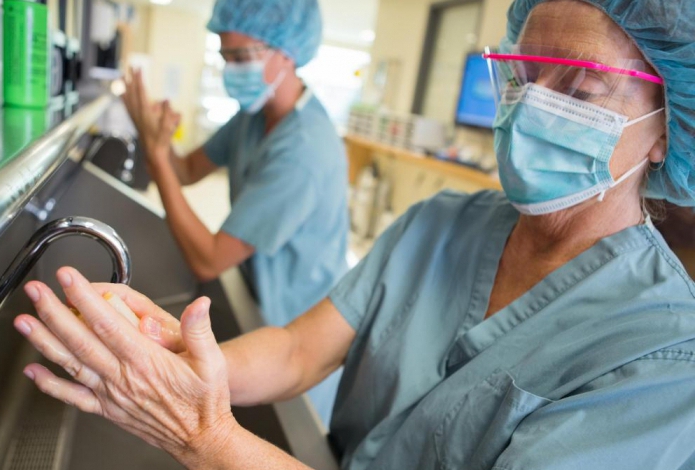
After the patient has undressed, a specialist examines his clothes and underwear. If the underwear is clean, it is placed in a bag, the upper dress is moved to a special store. AT infection wards clothes are pre-sent for disinfection.
Sanitary-hygienic treatment for the destruction of lice and parasites is carried out using soap-solvent paste. After that, wash with hot water. In addition, the patient has nails on his hands and feet.
The sequence of actions with a complete reorganization.
- The patient is explained the need for such manipulations.
- The specialist washes his hands, puts on special clothes.
- The air temperature is checked, it should not be lower than 25 degrees.
- The bath is treated with chloramine, washed with soap and rinsed.
- The bowl is filled, the patient undresses and moves into it.
- A person washes in the following sequence - head, arms, torso, crotch, lower back, back, legs.
- The patient is getting dressed.
- After draining the bath, it is treated with a disinfectant solution and rinsed.
- Used equipment is disinfected.
- Sanitary treatment of the patient is considered completed.
The event is recorded in a special schedule.
Partial debridement of patients
Partial sanitization is carried out in medical institutions and involves washing or rubbing individual parts of the patient's body. Such manipulations are carried out in a serious condition of the patient. The method has no contraindications.
Wiping is carried out as follows.
- The specialist washes his hands with soap and puts on clean gloves. If necessary, the hands are treated with a disinfectant solution.
- A diaper is placed under the person. It can be a disposable or reusable product.
- The sponge is moistened with water with a cleaning solution, squeezed out.
- The patient's body is sequentially processed from top to bottom and wiped dry.
- Used disposable products are disposed of, and materials suitable for secondary use are disinfected in special solutions.
Tools required for work
The drugs used to clean and disinfect medical and industrial facilities are effective against mold, yeast, fungi, spore bacteria, viruses and other pathogenic microflora.
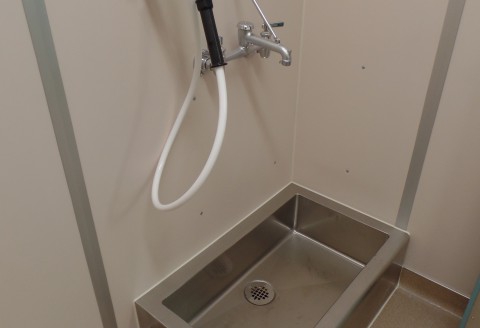
Sanitization products can be divided as follows:
- Low foaming alkaline preparations. Designed for cleaning any hard surfaces, equipment, containers, pipelines. When exposed, protein, pigment, oil and fat contaminants, mold, mineral deposits are removed from ceramic, earthenware, porcelain, polymer, enameled surfaces.
- Concentrated alkaline detergents. Used for degreasing surfaces.
- Concentrated multifunctional foam disinfectants with a detergent effect. Solutions help to carry out the final, ongoing, preventive treatment. Preparations of this group remove street, household, food pollution, effective against fungal, viral, pathogenic microflora.
- Antiseptics in the form of a spray. Necessary for the sanitary treatment of the skin of patients and the staff, equipment, inventory and medical instruments.
- Concentrated Acids They are used in the implementation of forced or preventive disinfection.
- Concentrated neutral agents. Used for processing equipment, various surfaces, pipelines in industrial facilities and in medical institutions.
All sanitation preparations are stored in special containers or drawers, in well-ventilated rooms at standard temperature conditions.
Summary
Keeping the food industry and healthcare facilities clean is the key to people's health and safety. The entire range of disinfecting measures is carried out on a regular basis and is monitored by the relevant authorities. In the event that an institution ignores sanitation standards, severe penalties are imposed on it, and compliance with sanitation rules is monitored.








